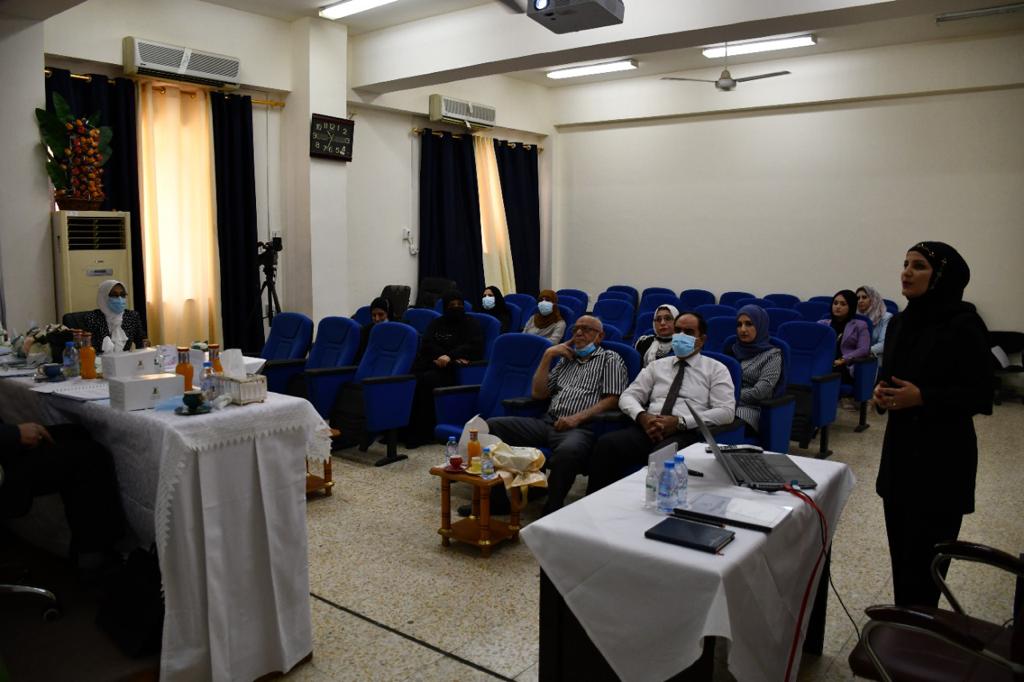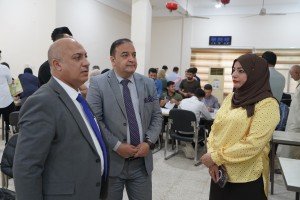




Board's thesis at University of Basrah-College of Medicine discussed the role of cell mass in staining immunohistochemistry; Epithelial membrane antigen and calretin in the diagnosis of pleural and peritoneal effusion. The thesis presented by the student Sura Tariq Abdel-Sayed aims to compare the shape and diagnostic cuff of the cellular block technique with traditional cytological smears and the use of immunohistochemistry to distinguish between reactive epithelial cells and malignant epithelial cells. The thesis concluded that the importance of cytological examination of serous effusion is well known. In this setting, the primary role of cytology is in detecting malignant tumors and its primary role in the case of malignant metastatic deposition and cytological diagnosis of conventional cytological smears has some drawbacks due to cell overcrowding and loss, which leads to less cellularity. To overcome these defects, the cell block technique was used. Preparation of cell blocks using the fixed-sediment method from Nathan et al. and using 10% alcohol-formalin. The method is easy, cost-effective and technically reproducible with little experience. In addition to increasing cellularity, better morphological features were obtained from the cell block, and the architectural pattern was preserved such as papillae, spheres and clusters 3D, better nuclear and cytoplasmic details, intact cell membrane and clear chromatin details. The main advantage of this technique is the possibility to obtain multiple histology sections for further additional testing such as special stains and immunohistochemistry which results in additional diagnosis of stubborn malignant effusion. In this study the diagnosis of malignant tumors was increased by 11.1% in cell mass.






